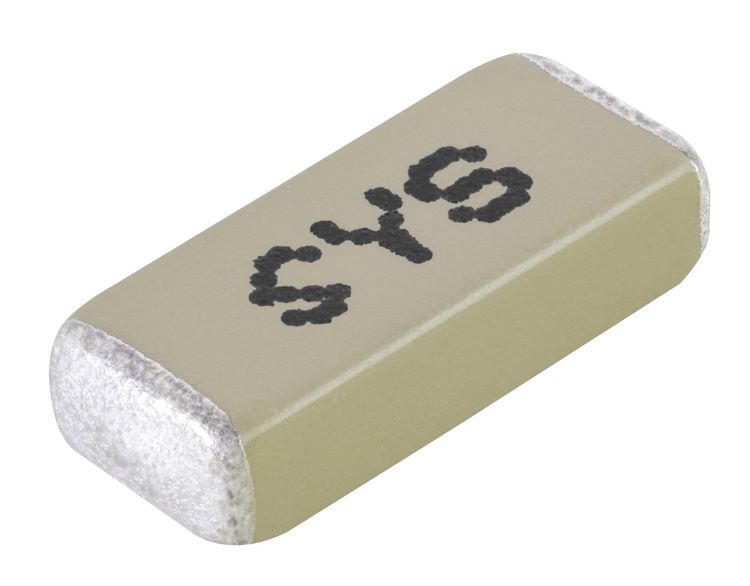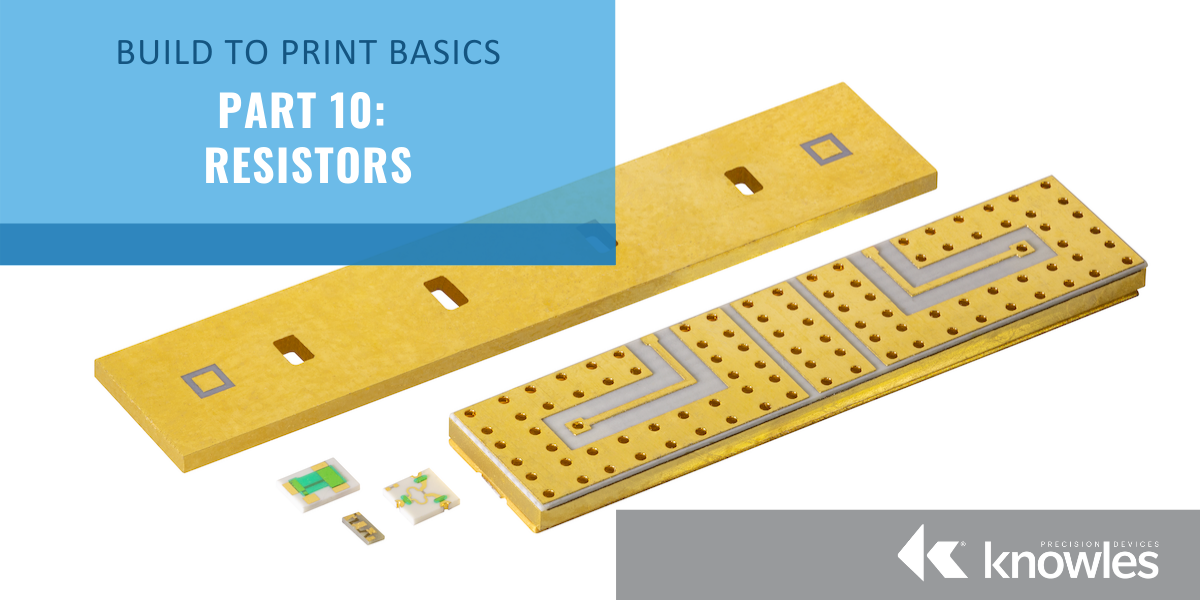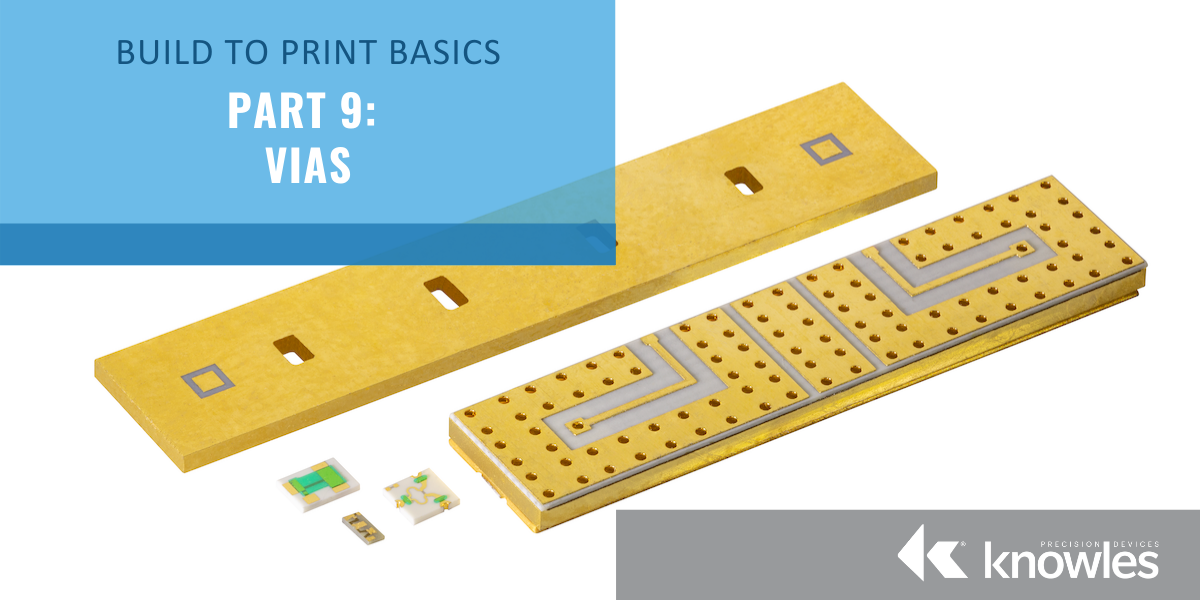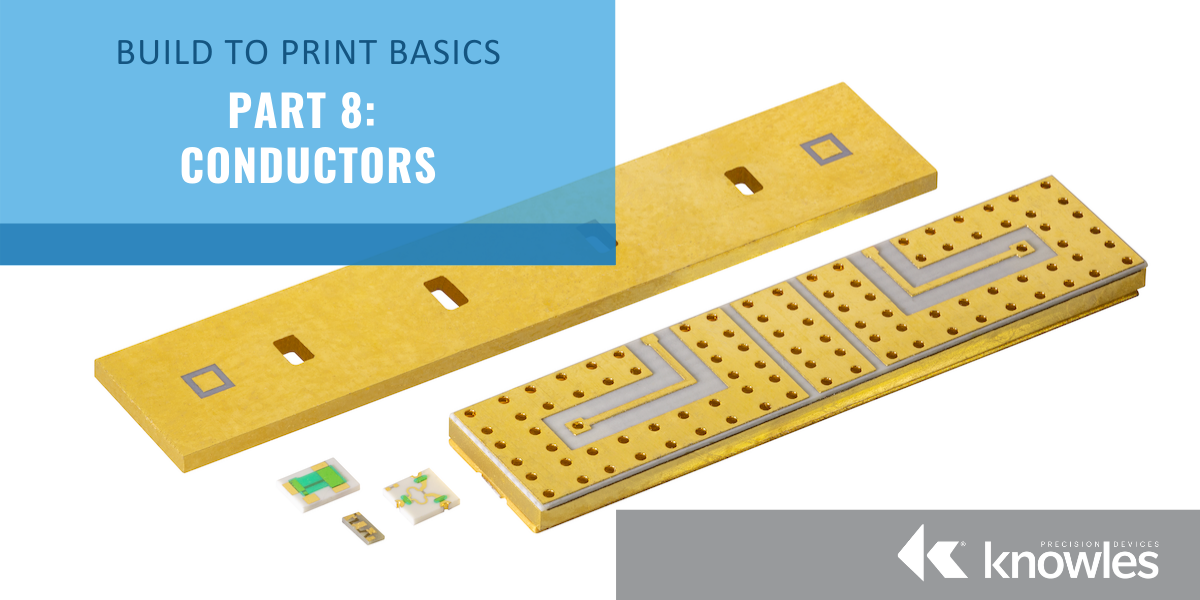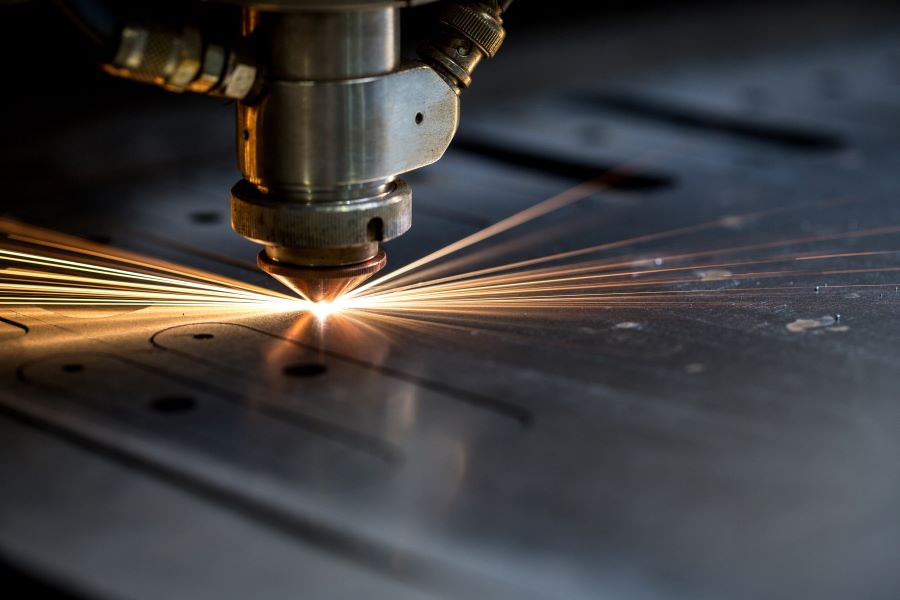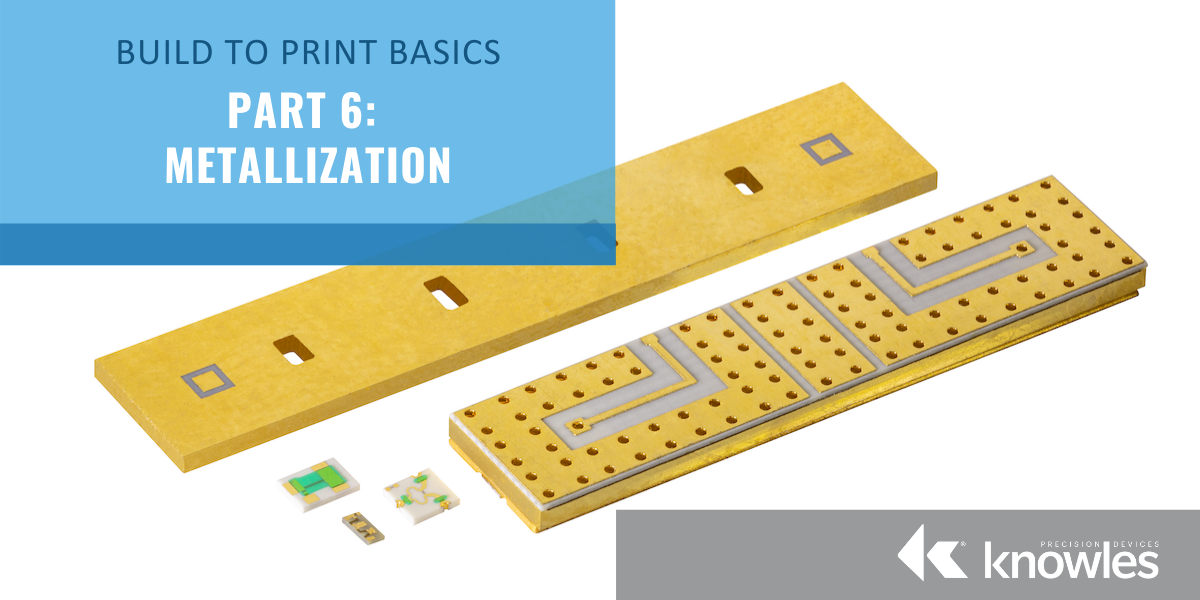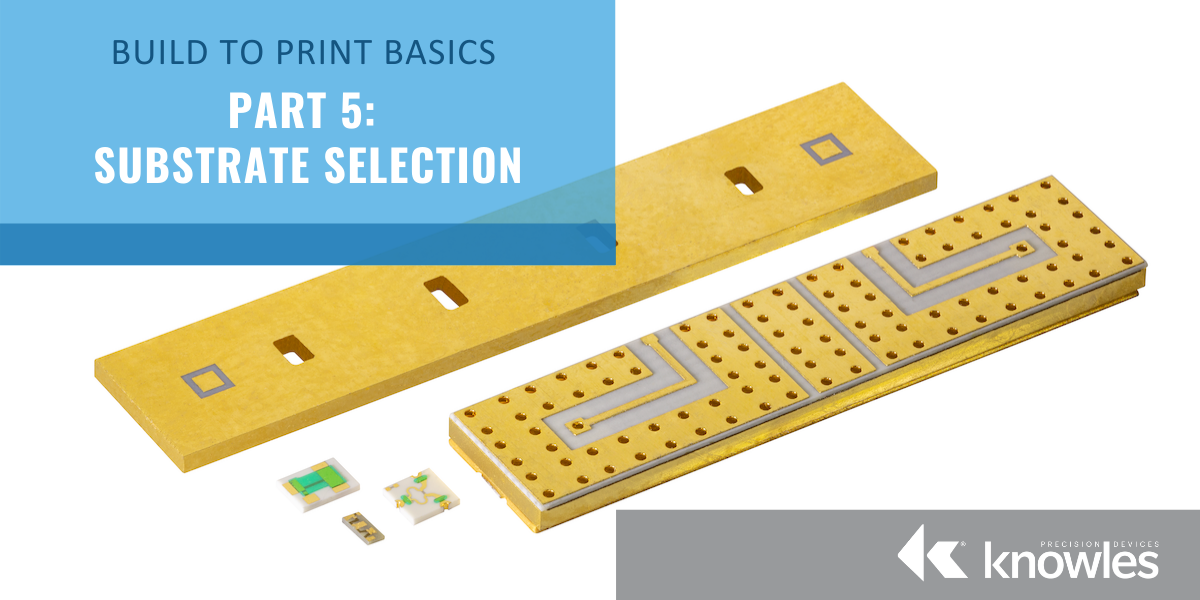With our new expanded range of enhanced safety-certified multilayer ceramic capacitors (MLCCs), Knowles Precision Devices now offers a unique combination of capability and safety certification for electronic device applications. These new surface-mount MLCCs comply with international UL60384-14 and EN60384-14 specifications and can be used instead of leaded film capacitors in AC-DC power supplies where a lightning strike or other voltage transients represent a threat to the electronic equipment.
Meet Safety Requirements at Higher Voltages with New Safety-Certified MLCCs
Topics: Capacitor, High Reliability
To provide a better understanding of build-to-print in general and the breadth of our offerings, as well as how our thin-film technology can benefit your applications, we’ve put together a Build-to-Print Basics series. Part 10 covers our key design parameters for resistors as well as our standard layouts.
Topics: Build to Print
Balancing Performance with Compact Quadrature Hybrid Couplers
Quadrature hybrid couplers are basic building blocks for many RF and microwave systems. For these couplers, the input splits into two output signals, of equal magnitude, with a 90 degree phase difference. Quadrature hybrid couplers provide improved input match for unbalanced loads. Energy splits evenly between outputs, and some energy is reflected back due to mismatch. For example, in Figure 1, there is a 90 degree phase difference between the two outputs, so the energy reflected at point A is 180 degree out of phase and cancels at the input port. At point B, the energy is in phase and sums at the isolated port, which is terminated.
Topics: RF and Microwave
To provide a better understanding of build-to-print in general and the breadth of our offerings, as well as how our thin-film technology can benefit your applications, we’ve put together a Build-to-Print Basics series. Part 9 covers the various strategies that can be used for adding vias into circuits.
Topics: Build to Print
To provide a better understanding of build-to-print in general and the breadth of our offerings, as well as how our thin-film technology can benefit your applications, we’ve put together a Build-to-Print Basics series. Part 8 provides basic and multilayer conductor guidelines as well as information on fine line conductor features.
Topics: Build to Print
From the C Band to the V Band: A Year of Big RF Spectrum Changes in the US
Looking back, 2020 was a year full of big changes regarding how RF spectrum is allocated in the US. Led by the Federal Communications Commission (FCC), multiple portions of the spectrum ranging from the C band to the V band were either opened to new uses and/or auctioned to new users throughout the year. These changes are driving a variety of new opportunities for wireless device manufacturers and broadband and cellular carriers, which is resulting in a range of exciting new challenges for RF technology vendors to help solve.
Topics: 5G, News and Events, RF and Microwave
To provide a better understanding of build-to-print in general and the breadth of our offerings, as well as how our thin-film technology can benefit your applications, we’ve put together a Build-to-Print Basics series. Part 7 covers how we use in-house laser machining, laser trimming, and other laser cutting techniques to build high-precision thin-film components.
Topics: Build to Print
To provide a better understanding of build-to-print in general and the breadth of our offerings, as well as how our thin-film technology can benefit your applications, we’ve put together a Build-to-Print Basics series. Part 6 covers the various aspects of metallization that we consider to determine the best fit for our customer’s build-to-print applications.
Topics: RF and Microwave
To provide a better understanding of build-to-print in general and the breadth of our offerings, as well as how our thin-film technology can benefit your applications, we’ve put together a Build-to-Print Basics series. Part 5 provides an overview of the common and custom materials we typically use and information on how we can work together to determine the best option for your application.
Topics: RF and Microwave
At mmWave Frequencies, Surface Mount Components Are Key to Reducing Cost
Frequencies in the mmWave spectrum play a key role in 5G communications. RF technology that was developed around existing mmWave applications has evolved to encompass the needs of 5G wireless access and components for such systems need to be selected for performance and cost. Commercial systems are subject to intense price pressure, making both the purchase cost and the implementation cost of a component important factors in selecting devices for a new design. Another key consideration is likely size constraints and the need to preserve valuable board space.
Topics: RF and Microwave

